13 5月 Classification and Application of Aluminum Alloys
Aluminum alloy classification is divided into 8 series according to the main alloy types: 1 series is pure aluminum, 2 series is aluminum-copper alloy, 3 series is aluminum-manganese alloy, 4 series is aluminum-silicon alloy, 5 series is aluminum-magnesium alloy, 6 series Series 7 is aluminum-magnesium-silicon alloy, series 7 is aluminum-zinc alloy, and series 8 is other alloys.
Applications of 1 Series Alloys
illustrate:
Series 1 aluminum plates are also called pure aluminum plates. Among all series, Series 1 belongs to the series with the largest aluminum content. The purity can reach more than 99.00%. Since it does not contain other technical elements, the production process is relatively simple and the price is relatively cheap. It is currently the most commonly used series in conventional industries. Most of the ones currently circulating on the market are 1050, 1060, and 1100 series. 1 series determines the minimum aluminum content of this series based on the last two Arabic numerals. For example, the last two Arabic numerals of the 1050 series are 50. According to the international brand naming principles, the aluminum content must reach 99.5% or more to be a qualified product.
Application areas:
1050 Extruded coils for food, chemical, and brewing industries, various hoses, fireworks powder
1060 is used in situations where high corrosion resistance and formability are required, but strength is not required. Chemical equipment is a typical use.
1100 is used for processing parts and components that require good formability and high corrosion resistance but do not require high strength, such as chemical products, food industry equipment and storage containers, thin plate processing parts, deep drawing or spinning concave vessels, Welded parts, heat exchangers, printed boards, nameplates, reflective equipment
1145 Packaging and insulating aluminum foil, heat exchangers.
Applications of 2 Series Alloys
illustrate:
Series 2 is characterized by high hardness, with the highest copper content, about 3-5%. Series 2 aluminum belongs to aviation aluminum materials and is currently not commonly used in conventional industries. There are currently few manufacturers producing 2 series aluminum plates in our country. The quality cannot be compared with foreign countries. Currently, imported aluminum plates are mainly provided by Korean and German manufacturers. With the development of my country’s aerospace industry, the production technology of 2 series aluminum plates will be further improved.
Application areas:
2011 Screws and machining products requiring good cutting performance
2014 Used in situations requiring high strength and hardness (including high temperature). Aircraft heavy-duty, forgings, thick plates, extruded materials, wheels, and structural components, multi-stage rocket first-stage fuel tanks and spacecraft parts, truck frames, and suspension system parts
2017 is the first 2XXX series alloy to obtain an industrial application. The current application range is narrow, mainly rivets, general mechanical parts, structural and transportation structural parts, propellers, and accessories
2024 Aircraft structures, rivets, missile components, truck wheels, propeller components, and other structural parts.
2036 Automobile body metal parts
2048 Aerospace vehicle structural parts and weapon structural parts
2124Aerospace vehicle structural parts
2218 Aircraft engine and diesel engine pistons, aircraft engine cylinder heads, jet engine impellers and compressor rings
2219 Space rocket welding oxidizer tank, supersonic aircraft skin, and structural parts, operating temperature is -270~300C. It has good weldability and high fracture toughness, and the T8 state has high resistance to stress corrosion cracking.
2319 welding rod and filler solder for 2219 alloy
2618 Die forgings and free forgings. Pistons and aircraft engine parts
2A01 Structural rivets with working temperature less than or equal to 100C
2A02 Axial compressor blades of turbojet engines with operating temperature 200300C
2A06 aircraft structure with working temperature 150-250C and aircraft structure rivets with working temperature 125~250C 2A10 has higher strength than 2A01 alloy and is used to manufacture aircraft structure rivets with working temperature less than or equal to 100C
2A11 Medium-strength structural parts of aircraft, propeller blades, vehicles, and building structural parts. Medium-strength bolts and rivets for aircraft
2A12 Aircraft skins, partitions, ribs, spars, rivets, etc., construction and transportation structural parts
2A14 Free forgings and die forgings with complex shapes
2A16 Aerospace aircraft parts with working temperatures 250-300C, welded containers, and airtight cockpits working at room temperature and high temperature
2A17 Aircraft parts with operating temperature 225~250C
2A50 Medium-strength parts with complex shapes
2A60 aircraft engine compressor wheel, guide wheel, fan, impeller, etc.
2A70 aircraft skin, aircraft engine pistons, wind guide wheels, wheel discs, etc.
2A80 Aeroengine compressor blades, impellers, pistons, expansion rings, and other parts with high operating temperatures
2A90 aircraft engine piston 1145 packaging and insulation aluminum foil, heat exchanger.
Applications of 3 series alloys
illustrate:
Series 3 is also called a rust-proof aluminum plate. The production technology of my country’s 3 series aluminum plate is relatively excellent. Manganese is the main component. The content is between 1.0-1.5%. It is a series with a better anti-rust function. It is commonly used in damp environments such as air conditioners, refrigerators, and car bottoms. The price is higher than the 1 series, and it is a more commonly used alloy series.
Application areas:
3003 is used for processing parts and components that require good formability, high corrosion resistance, and good weldability, or that require both these properties and higher strength than 1XXX series alloys, such as kitchen utensils, food and chemical product processing and storage devices, tanks and tanks for transporting liquid products, and various pressure vessels and pipes made of thin plates.
3004 all-aluminum can body requires higher strength parts than 3003 alloy, chemical product production and storage equipment, thin plate processing parts, construction processing parts, construction tools, various lighting parts
3105 Room partitions, baffles, mobile house panels, gutters and downpipes, thin plate-formed parts, bottle caps, bottle stoppers, etc.
3A21 aircraft fuel tanks, oil ducts, rivet wires, etc.; building materials, food, and other industrial equipment, etc.
Applications of 4 series alloys
illustrate:
Series 4 aluminum plates belong to the series with higher silicon content. Usually, the silicon content is between 4.5-6.0%. Belongs to construction materials. Mechanical parts, forging materials, and welding materials; with low melting points and good corrosion resistance. Product description: It has the characteristics of heat resistance and wear resistance.
Application areas
4032 is a forging material and welding material because the addition of Si can suppress the thermal expansion rate and improve its wear resistance. In addition, adding trace amounts of Cu and M can improve the heat resistance, making it suitable for forging piston materials.
4043 has low solubility and is mostly used for welding electrodes and brazing electrodes. In addition, due to the dispersion of Si particles, this alloy will show a gray film after anodization and is mostly used in exterior panels of buildings.
Applications of 5 series alloys:
illustrate:
The 5 series aluminum plate belongs to the more commonly used alloy aluminum plate series. The main element is magnesium, and the magnesium content is between 3-5%. It can also be called aluminum-magnesium alloy. The main features are low density, high tensile strength, and high elongation. The weight of aluminum-magnesium alloy is lower than other series under the same area. Therefore, it is often used in aviation, such as aircraft fuel tanks. It is also widely used in conventional industries. The processing technology is continuous casting and rolling, and it belongs to the hot-rolled aluminum plate series, so it can be used for deep oxidation processing. The 5 series aluminum plate is one of the more mature aluminum plate series in my country.
Application areas:
5005 is similar to alloy 3003 and has moderate strength and good corrosion resistance. Used as conductors, cookware, instrument panels, shells, and building decorations. The anodized film is brighter than that on 3003 alloy and harmonizes with the color tone of 6063 alloy
5050 thin plates can be used as inner panels of refrigerators and refrigerators, automobile air pipes, oil pipes, and agricultural irrigation pipes; they can also be processed into thick plates, pipes, bars, special-shaped materials wires, etc.
5052 This alloy has good formability, corrosion resistance, burnability, fatigue strength, and moderate static strength. It is used to manufacture aircraft fuel tanks, and oil pipes, as well as metal parts for vehicles and ships, instruments, street lamp brackets, and rivets. , hardware products, etc.
5056 magnesium alloy and cable sheathing rivets, zippers, nails, etc., aluminum-coated wires are widely used in processing agricultural insect trap covers and other occasions where high corrosion resistance is required
5083 is used in applications that require high corrosion resistance, good weldability, and medium strength, such as ship, automobile, and aircraft plate welding parts; pressure vessels, refrigeration devices, television towers, drilling equipment, and transportation that require strict fire protection. Transport equipment, missile components, armor, etc.
5086 is used in applications that require high corrosion resistance, good weldability, and medium strength, such as ships, automobiles, aircraft, cryogenic equipment, television towers, drilling equipment, transportation equipment, missile parts and decks, etc.
5154 Welded structures, storage tanks, pressure vessels, ship structures and offshore facilities, transportation tanks
5182 thin plate is used to process can lids, automobile body panels, control panels, reinforcements, brackets, and other parts
5252 is used to manufacture decorative parts with higher strength, such as decorative parts for automobiles. It has a bright and transparent oxide film after anodization 5254 Hydrogen peroxide and other chemical product containers
5356 Welding aluminum-magnesium alloy electrodes and wires with magnesium content greater than 3%
5454 Welded structures, pressure vessels, marine facility pipelines
5456 Armor plates, high-strength welded structures, storage tanks, pressure vessels, ship materials
5457 Polished and anodized decorative parts for automobiles and other equipment 5652 Storage containers for hydrogen peroxide and other chemical products
5657 Polished and anodized decorative parts for automobiles and other equipment, but in any case it must be ensured that the material has a fine grain structure
5A02 aircraft fuel tanks and conduits, welding wires, rivets, ship structural parts
5A03 medium-strength welded structures, cold stamped parts, welding vessels, and welding wire, can be used to replace 5A02 alloy
5A05 welded structural parts, aircraft skin frame
5A06 Welded structure, cold die forging parts, welded drawn vessel stress parts, aircraft skin parts
5A12 welded structural parts, bulletproof deck.
Applications of 6 series alloys
illustrate:
The 6 Series contains two elements, magnesium, and silicon, so it combines the advantages of the 4 Series and 5 Series. It is a cold-processed aluminum forged product suitable for applications requiring high corrosion resistance and oxidation resistance. Good workability, excellent interface characteristics, easy coating, and good processability. Can be used on low-voltage weapons and aircraft joints.
Application areas:
6005 extruded profiles and pipes are used for structural parts requiring strength greater than 6063 alloys, such as ladders, TV antennas, etc.
6009 Auto body panels
6010 Thin Plate: Automobile Body
6061\6082 Various industrial structures that require certain strength, weldability, and high corrosion resistance, such as tubes, rods, shapes for manufacturing trucks, tower buildings, ships, trams, furniture, mechanical parts, precision machining, etc. material, plate
6063 Construction profiles, irrigation pipes, and extruded materials for vehicles, stands, furniture, fences, etc.
6066 Forgings and welded structural extrusion materials
6070 Heavy-duty welded structures and extruded materials and pipes for the automotive industry
6101 High-strength rods, electrical conductors, and heat dissipation equipment for buses, etc.
6151 is used for die-forging crankshaft parts, machine parts, and the production of rolling rings. It requires good forgeability, high strength, and good corrosion resistance. 6201 High-strength conductive rods and wires
6205 thick plates, pedals, and high-impact extrusions
6262 Threaded high-stress parts that require better corrosion resistance than 2011 and 2017 alloys 6351 Extruded structural parts of vehicles, transportation pipelines for water, oil, etc.
6463 Construction and various appliance profiles, as well as automobile decorative parts with bright surfaces after anodization
6A02 aircraft engine parts, forgings and die forgings with complex shapes.
Applications of 7 series alloys
illustrate:
The 7 series also belongs to the aviation series. It is an aluminum-magnesium-zinc-copper alloy. It is a heat-treatable alloy. It is a super-hard aluminum alloy and has good wear resistance. The 7075 aluminum plate is stress-relieved and will not deform or warp after processing. All ultra-large and ultra-thick 7075 aluminum plates have been ultrasonic tested to ensure no blisters or impurities. 7075 aluminum plate has high thermal conductivity, which can shorten molding time and improve work efficiency. The main feature is high hardness. 7075 is an aluminum alloy with high hardness and high strength. Commonly used in manufacturing aircraft structures and futures. It requires high-stress structural parts and mold manufacturing with high strength and strong corrosion resistance. Currently, we rely on imports, and our country’s production technology still needs improvement.
Application areas:
7005 extruded materials, used to manufacture welded structures that require both high strength and high fracture toughness, such as frames, rods, containers of vehicles: large heat exchangers, and those that cannot be solid solution treated after welding Components: It can also be used to make sports equipment such as tennis rackets and softball bats.
7039 Freezing containers, cryogenic equipment and storage boxes, fire-fighting pressure equipment, military equipment, armor plates, and missile devices.
7049 is used for forging parts with the same static strength as 7079-T6 alloy but requires high resistance to stress corrosion cracking, such as landing hydraulic cylinders and extrusions for aircraft and missile parts. The fatigue properties of the parts are roughly equal to those of the 7075-T6 alloy, while the toughness is slightly higher.
7050 Medium and thick plates, extrusions, free forgings and die forgings for aircraft structural parts. The requirements for alloys in manufacturing such parts are high resistance to spalling corrosion, stress corrosion cracking, fracture toughness, and fatigue resistance.
7072 Air conditioner aluminum foil and extra thin strip: 2219, 3003, 30045050, 5052, 5154, 6061, 7075, 7475, 7178 alloy plate and pipe coating.
7075 is used to manufacture aircraft structures and high-stress structural parts and mold manufacturing that require high strength and corrosion resistance.
7175 is used for forging high-strength structures for aircraft. 7178 is used to manufacture parts that require high compressive yield strength for aerospace vehicles.
7475 Aluminum-clad and non-aluminum-clad plates for fuselage, wing frames, strips, etc. Other parts that require both high strength and high fracture toughness.
7A04 Aircraft skin, screws, and stress-bearing components such as spar, bulkheads, wing ribs, landing gear, etc.


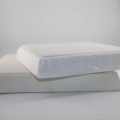
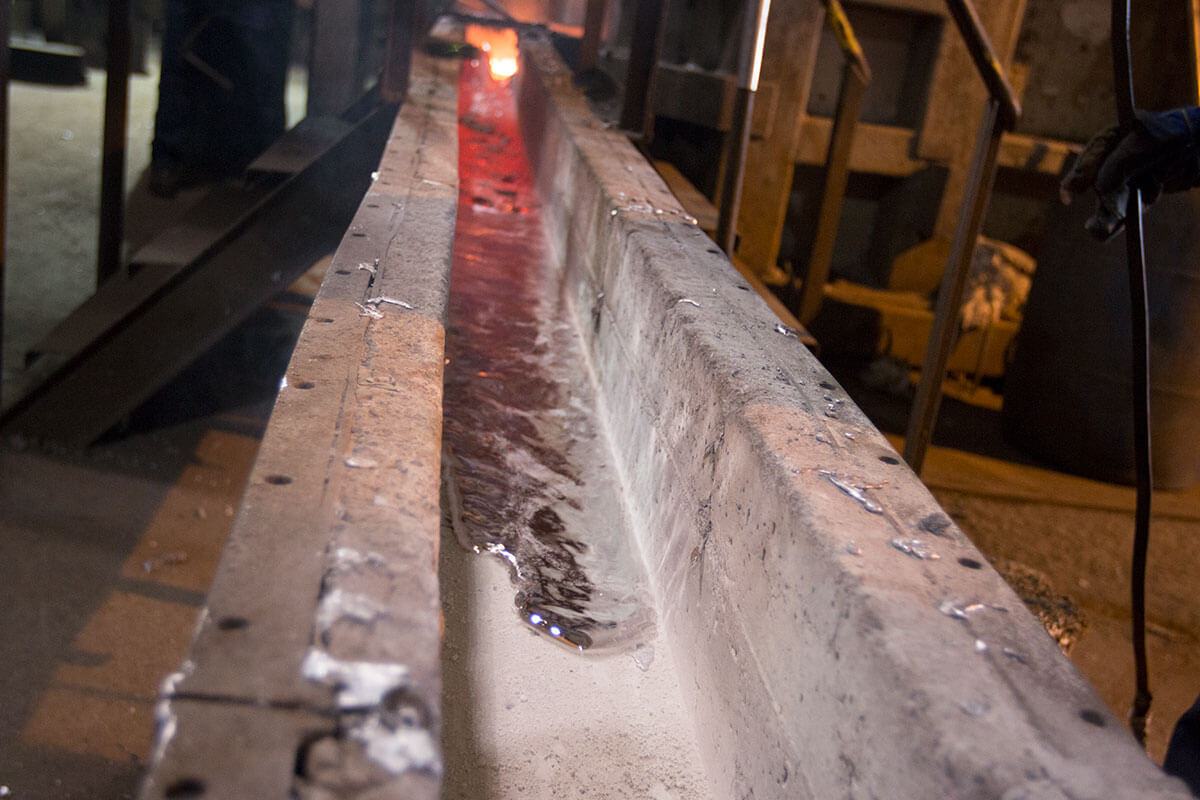
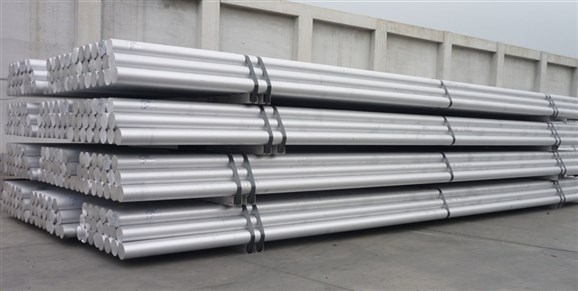
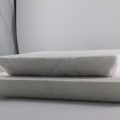
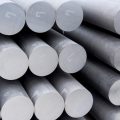
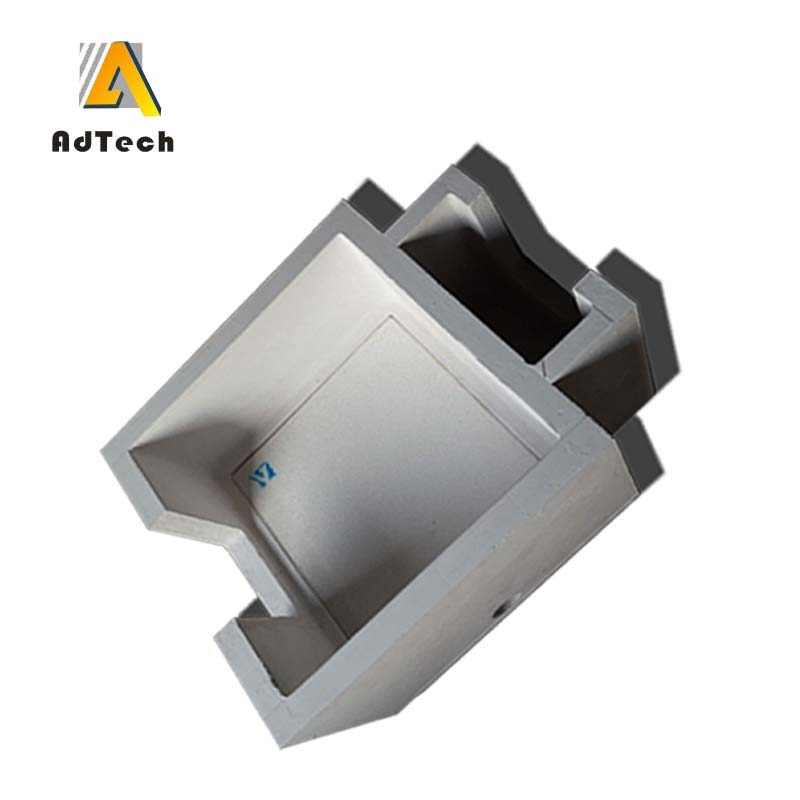
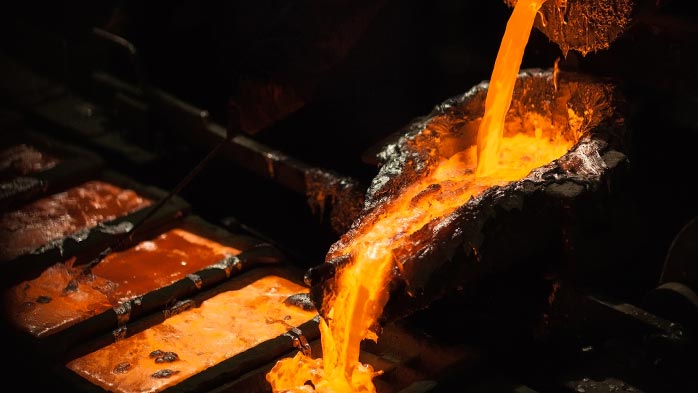
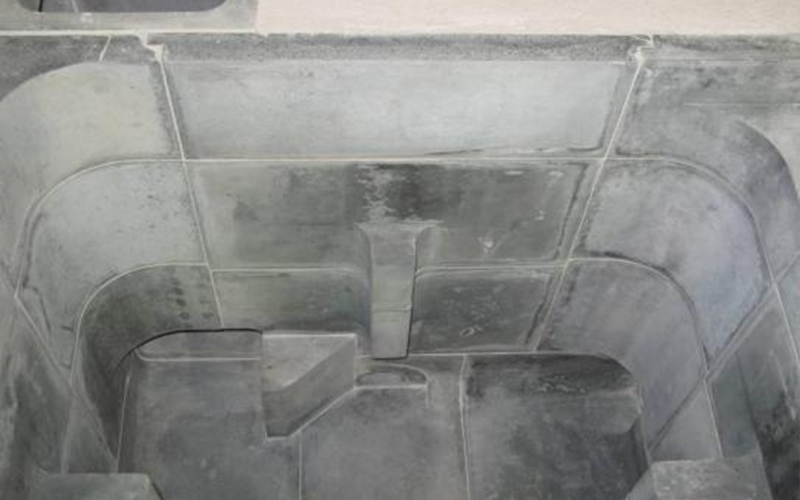
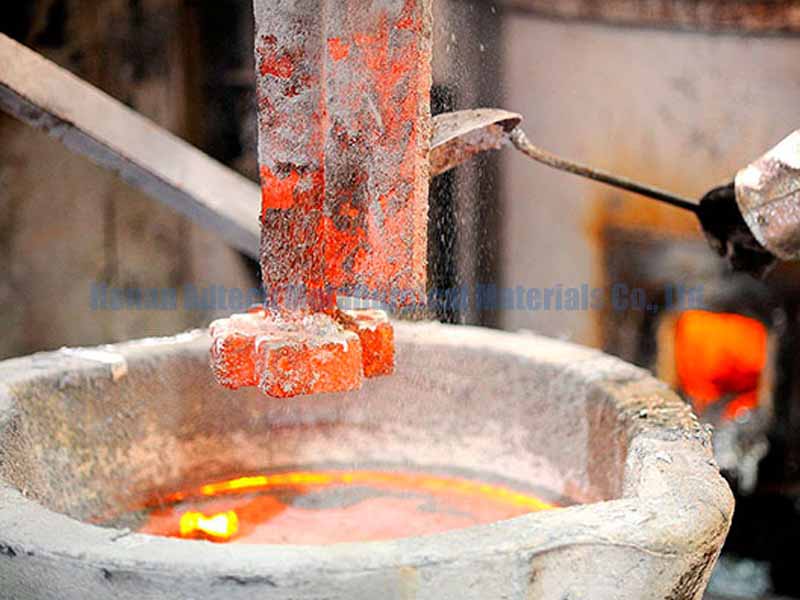
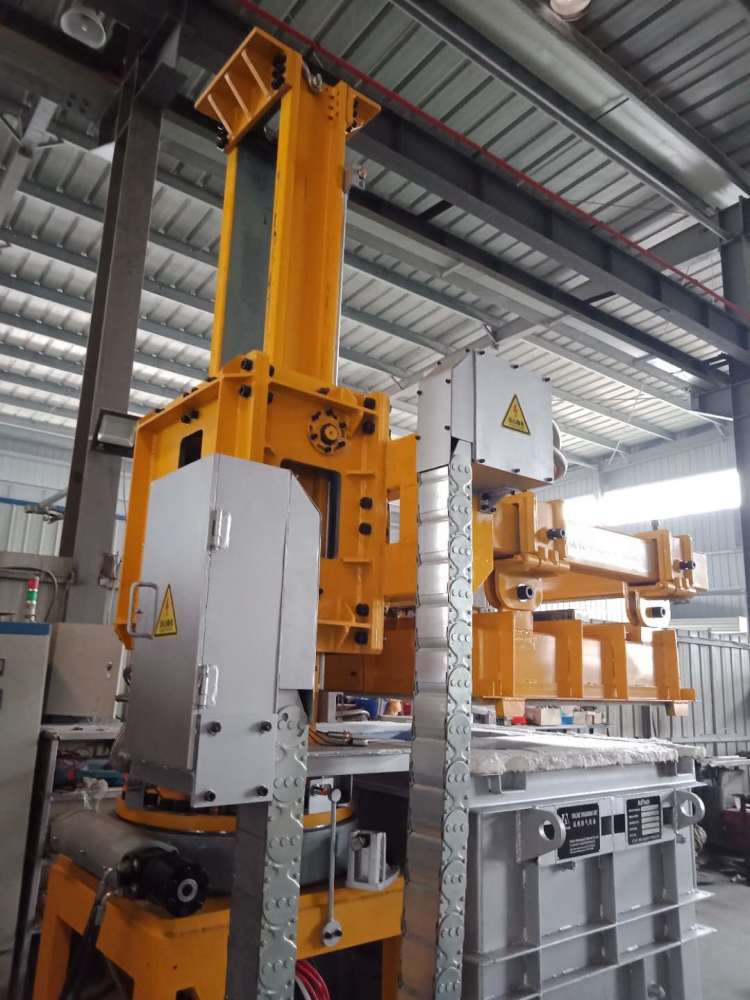
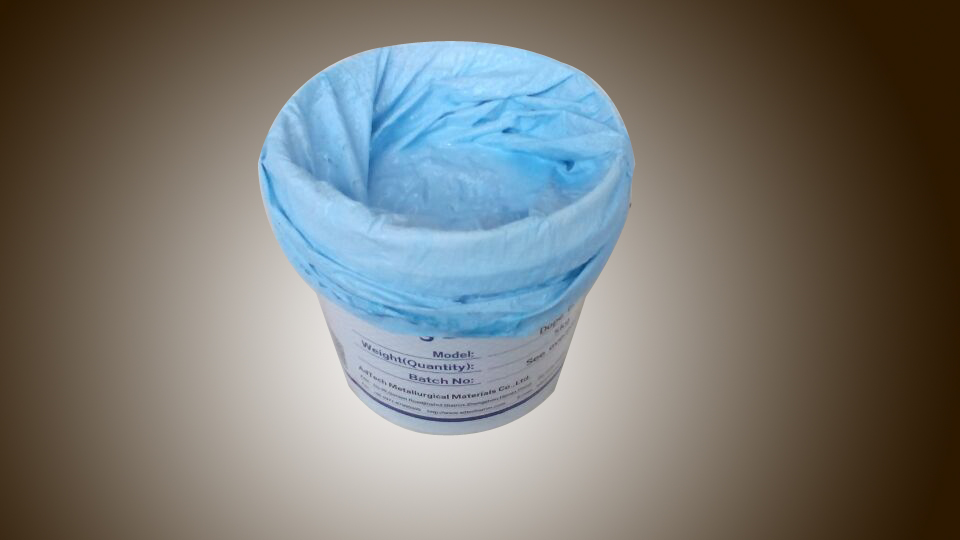
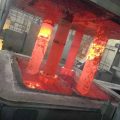
No Comments